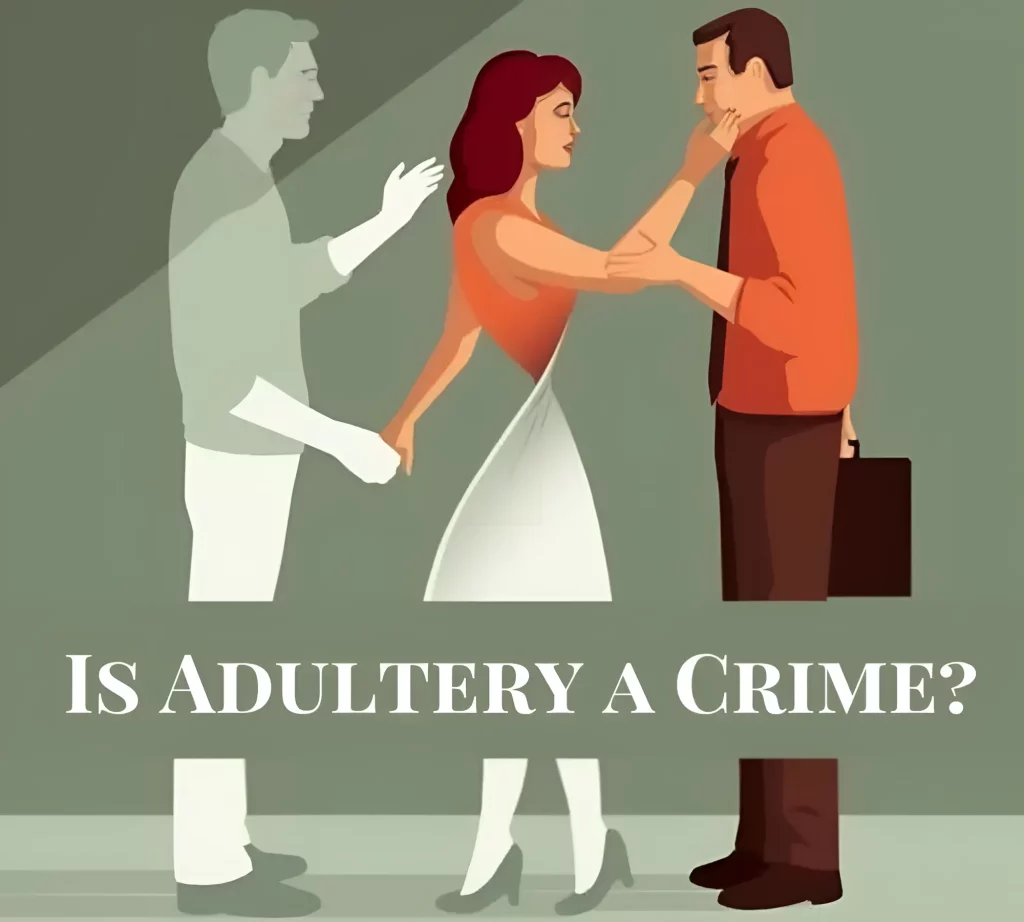
Share
Filing and Serving the Divorce Petition in California: Step by Step guide

Dina Haddad
Founder & Attorney Mediator
I’m Dina Haddad, a family law attorney-mediator in California. I’m so tired of couples not having a process that’s easy to complete their divorce. They are getting lost, wasting time and money, and beyond frustrated with their results.That’s why I created TheCompleteDivorce. I took my successful mediation practice and condensed it into an affordable and winning program.
Filing for divorce in California involves several crucial steps, from completing the necessary paperwork to serving the divorce papers to your spouse. Here’s a comprehensive guide to help you navigate the process smoothly.
Filing Petition Packet
After assembling the Petition Packet, it’s time to file these documents with the court clerk. To distinguish the original from copies, make sure to print, sign, and date the forms in blue ink. Create two copies of each signed form, including any local forms required. Package these sets, resulting in three complete sets—one for the court, one for you, and one for your spouse. Although electronic filing might be an option, filing in person or by mail is more common. Opting for in-person filing is generally quicker.
If you choose the mail filing route, anticipate 1-3 weeks before receiving your copies back. Detailed instructions on how to locate, file, and serve court papers should be followed. Remember, unless you’re eligible for a fee waiver, there’s a filing fee to pay. This fee can be found on the Statewide Civil Fee Schedule under Family Law Fees for Petition or other first papers.
Case Status Conference
Certain counties schedule a Case or Group Status Conference about four to six months from the date of filing the Petition Packet. This conference isn’t intended to resolve issues; rather, it ensures your case progresses smoothly. It checks whether you’ve completed disclosure forms, need a court settlement conference, or require trial dates. These measures are in place to streamline cases and assist those navigating the divorce process without legal representation. You might be able to reschedule or remove the conference from the court’s calendar, depending on your county’s procedures.
For counties without a Case Status Conference, no immediate actions follow the filing of your Petition Packet. The judge won’t be aware of your filing until further steps are taken, such as requesting a hearing or submitting a divorce agreement.
Service of Petition Packet
After filing, the next step is to serve your spouse the Petition Packet using personal service, mail, or publication. You cannot be the person to serve the Petition Packet because you are a party to the divorce case–someone else must serve your spouse.
If you choose personal service, your server must hand deliver the copy of the filed Petition Packet to your spouse. Your server must be 18 years or older and can be anyone: a neighbor, friend, or a paid legal service provider. Make sure your server is polite and avoid serving your spouse in public, such as at work or your children’s school. Otherwise, future negotiations with your spouse may be difficult. Unless you believe your spouse will avoid service, you can give your spouse advance warning or agree to the time of service.
If your server goes to your spouse’s home and your spouse is not there, your server can leave the filed Petition Packet with a household member that is older than 18 years old. Again, the server cannot leave the Petition Packet with you. If your server goes to your spouse’s work, and your spouse is not there, your server can leave it with someone at least 18 years old and in charge of the workplace, such as a receptionist.
After serving your spouse, your server must complete and sign the Proof of Service of Summons, FL-115, as the service document. You can always help your server complete the form. Once completed, you must file the Proof of Service with the court.
Next →
Next →
Next →
You can also have your server mail the Petition Packet to your spouse, but it has a few more steps. Your spouse must agree to mail service by signing the Notice and Acknowledgment of Receipt, FL-117, and return a signed copy to you. As with personal service, your server must be at least 18 years old.
Your server will first complete a Notice and Acknowledgment of Receipt, FL-117, and include two copies with a copy of the filed Petition Packet and a self-addressed stamped envelope. Your server will then mail these documents to your spouse. Your spouse must sign and return at least one of the copies of the FL-117 to the server in the envelope your server provided within 20 days. Your documents are not served until your spouse signs FL-117. If you are the Respondent, signing the form does not mean you agree with anything in the Petition; it simply acknowledges that you were served and that the time for serving your Response has started.
If your spouse doesn’t sign within 20 days, you can give your spouse more time or use another service method, like personal service. If you do serve another way, your spouse can be liable for any costs you incur.
If you cannot locate your spouse, there is another method called service by publication. If you can prove to the judge that you have exhausted all means of locating your spouse, the judge will give you permission to publish the Summons in a California newspaper that your spouse is mostly likely to see.
Mail Service
Mail service involves additional steps. Your spouse must agree to mail service by signing the Notice and Acknowledgment of Receipt (FL-117) and returning a signed copy to you. The server must be at least 18 years old.
The server prepares a Notice and Acknowledgment of Receipt (FL-117) and includes two copies, along with the filed Petition Packet and a self-addressed stamped envelope. These documents are mailed to your spouse. Your spouse must sign and return one copy of FL-117 to the server within 20 days. Signing the form doesn’t imply agreement with the Petition’s contents; it signifies acknowledgment of being served and the start of the Response-serving period.
If your spouse doesn’t sign within 20 days, you can grant an extension or use an alternative service method. If another method is employed, your spouse might incur costs.
Service by Publication
When locating your spouse proves challenging, service by publication might be considered. With sufficient evidence of exhaustive search attempts, a judge might grant permission to publish the Summons in a California newspaper likely to be seen by your spouse.
Filing Proof of Service
Upon serving your spouse, filing the Proof of Service (FL-115) is crucial. If mail service was used, file both the FL-115 and the attached FL-117. These can be filed via mail or in person. When filing by mail, send the original Proof of Service with two copies and a self-addressed prepaid envelope for the copies’ return. In-person filing involves taking the original form and two copies to the family court clerk’s office for filing. The copies received—one for you and one for your spouse—are important; without these, your service efforts might be unrecognized.
Six-Month Waiting Period
Once served, a six-month and one-day waiting period ensues before your marital status can be legally terminated. This period begins on the day of service, and if mail service is used, the day your spouse signs FL-117 determines the start. You can finalize your divorce agreement before the six months if it’s filed within that timeframe, leading to automatic termination of your marital status after six months and a day.
Should your divorce conclude after the six-month mark, your marital status dissolves upon finalization, unless you request an earlier termination through a court hearing.
Navigating the process of filing and serving divorce papers in California requires careful attention to detail and adherence to specific procedures. By understanding these steps, you can proceed with confidence through this challenging time.
Remember, if you need assistance or have specific questions about the California divorce process, consulting with a legal professional is advisable.
At TheCompleteDivorce, we provide you with what you need to successfully do your California divorce on your own. We provide all the required family law court forms in our automated forms program, all the video tutorials, and an automated customizable Marital Settlement Agreement (Divorce Agreement). If you need more help, you can get our package which includes time with a divorce mediator.
Before you go, consider if we can help you. We have helped thousands of couples in California. Our guided DIY divorce is successful and cheap! Our services are all 5-star!






